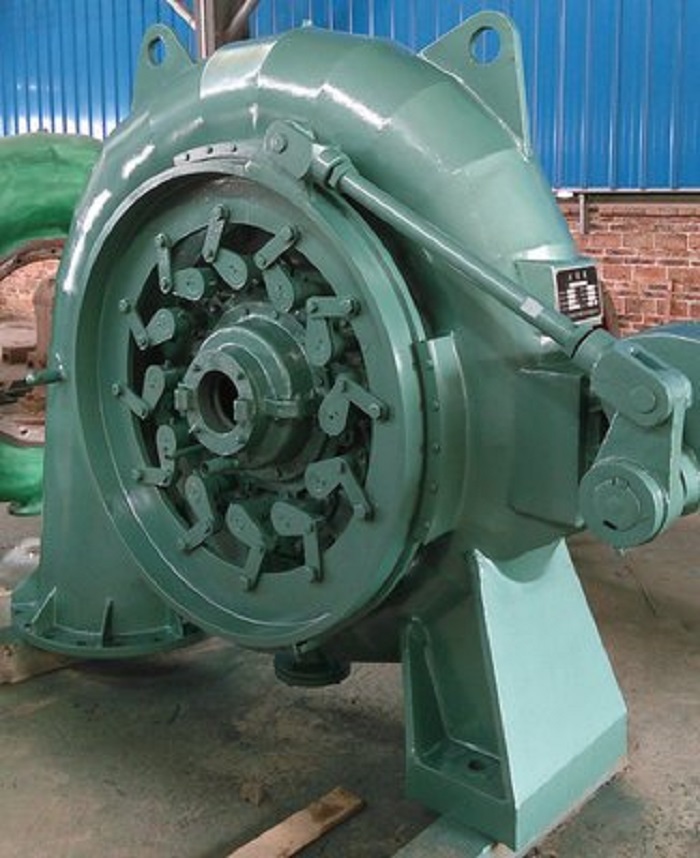Cavitation of water turbine runner chamber and treatment measures
During the operation of the water turbine, due to cavitation, the flow components of water turbine will be severely damaged, which directly affects the output and safe operation of water turbine. Cavitation is a complex hydrodynamic phenomenon. In order to eliminate and mitigate the harm of cavitation, while strengthening research on design, manufacturing and use, effective repair of parts and parts that have been damaged by cavitation has been implemented by various hydropower stations The following treatment methods have been formed.
1. Return to the factory and cast the stainless steel plate after turning the cavitation part of the runner room.
2. On the site, remove the damaged metal in the cavitation area by carbon arc gouging on the cavitation part of the runner room, then spread it with stainless steel electrodes, and smooth it with a grinder.
3. On the site, simple planing, repair welding and smoothing of cavitation parts of the runner chamber of the hydraulic turbine are carried out, and stainless steel plates are riveted.
According to the situation of the company's equipment, analyze and formulate a specific repair plan in advance, first ensure the repair size, and select materials according to the equipment operating environment to meet the needs of long-term operation on site. The repair steps are as follows:
1. According to the corresponding part of the runner room, a curved runner room template is processed to facilitate the measurement and guarantee the accuracy of the repair of the runner room;
2. For surface degreasing, first use a carbon arc gouging to shave away the cavitation layer, and remove the loose metal layer to expose the base metal;
3. Then use blasting to remove rust to reach Sa3 level;
4. Reconcile and smear the Soleil carbon nano-polymer material, and use the model ruler to scrape along the datum to apply thick coating to the deep cavitation parts to ensure the repair effect;
5. Material solidification, to ensure that the repair surface is inspected after the material is completely cured, and it is consistent with the reference size.




